A tour of the WICKENDEN HOUSE with DICK!
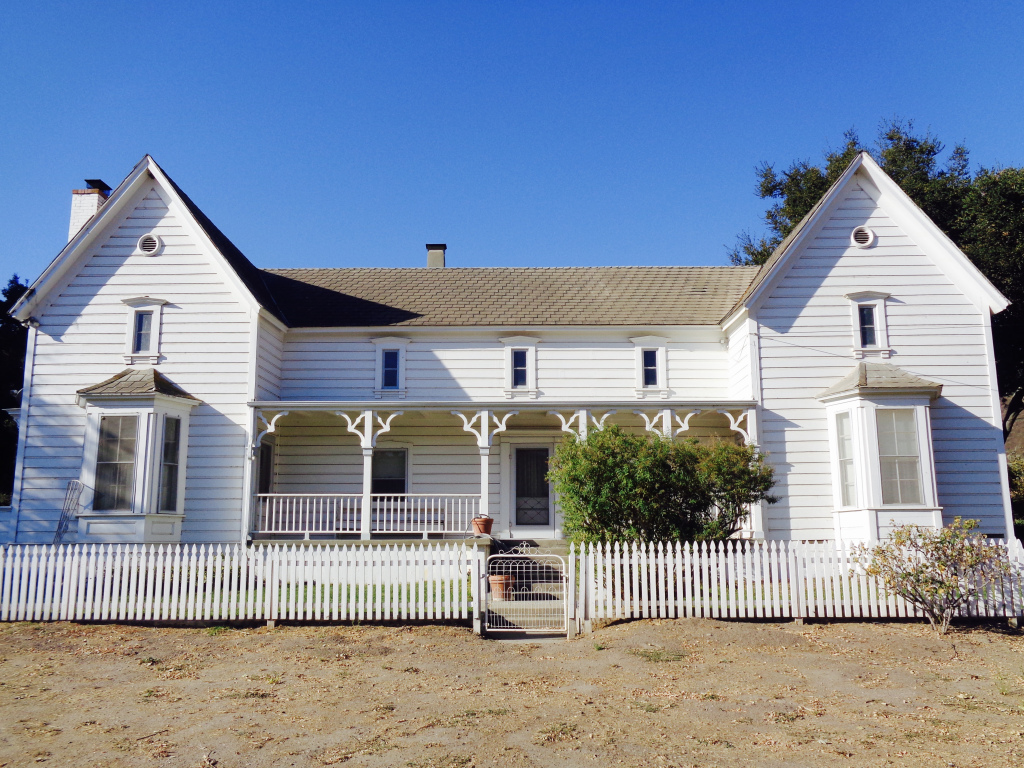
“The story goes… an English engineer named Frederick Wickenden happened to travel to South America in 1845 to help build a railroad from Bolivia to the Pacific Ocean. While he was there, gold was discovered in California, so everybody that had the chance wanted to come to up here to make it rich. He took whatever little money he had and went North to Sacramento and from there went up to the gold country. Apparently, that year they had a tremendous rainfall and his sluicing equipment was washed to the sea. He lost all of his money and became an itinerant person wandering the coast of California. As luck would have it, he went to a dance in San Luis Obispo and there met my great-grandmother, Ramona. They fell in love, were soon married and moved up here to the ranch.
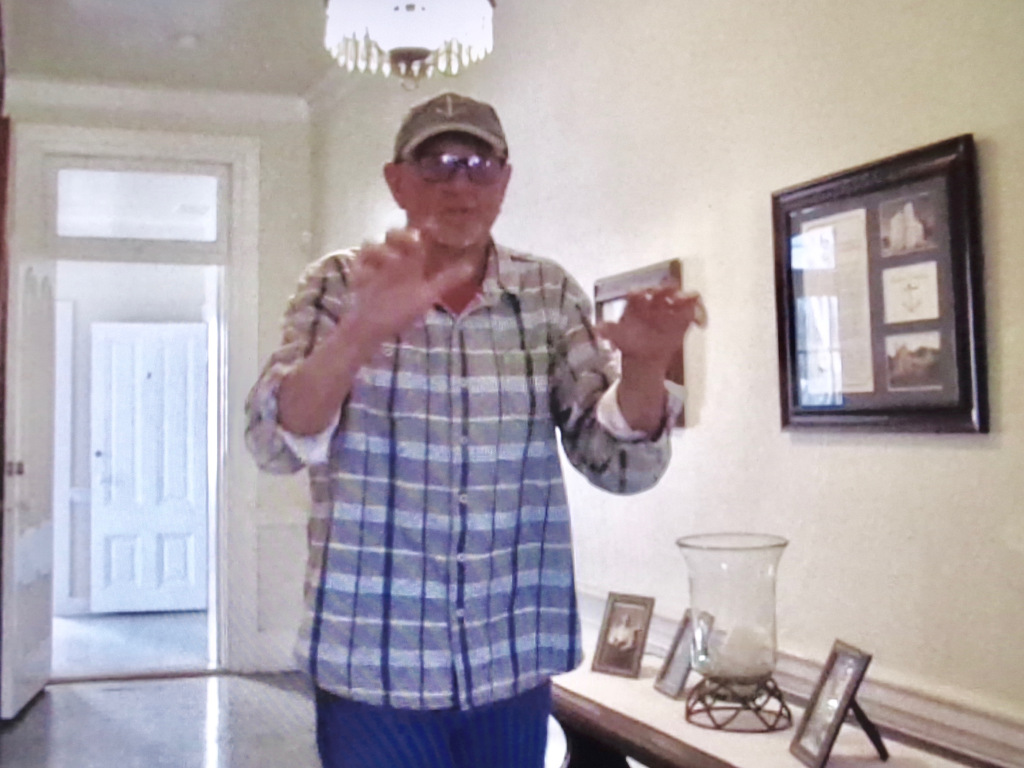
"They built an adobe home and Frederick decided to try his hand at being a sheepherder. By 1875, he had raised a large flock of sheep. He actually drove three thousand sheep from the ranch to Monterey and sold them, took the money and went over to Redwood City and purchased a shipload of redwood. He brought it all by ship to Avila Beach, floated it to shore and then brought it here by horse and buggy. With that wood he built this house, the barn, the shack and the little church at the bottom of canyon (the San Ramon Chapel). Those were the first wood buildings in Northern Santa Barbara County - prior to that, everything was built with adobe. This whole house - the wooden structure - was built around two adobe rooms with ten-inch thick walls.”
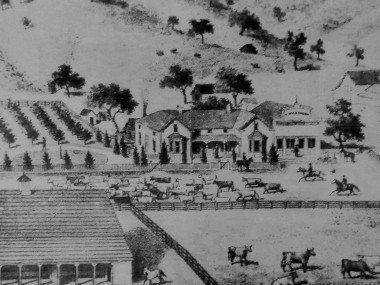
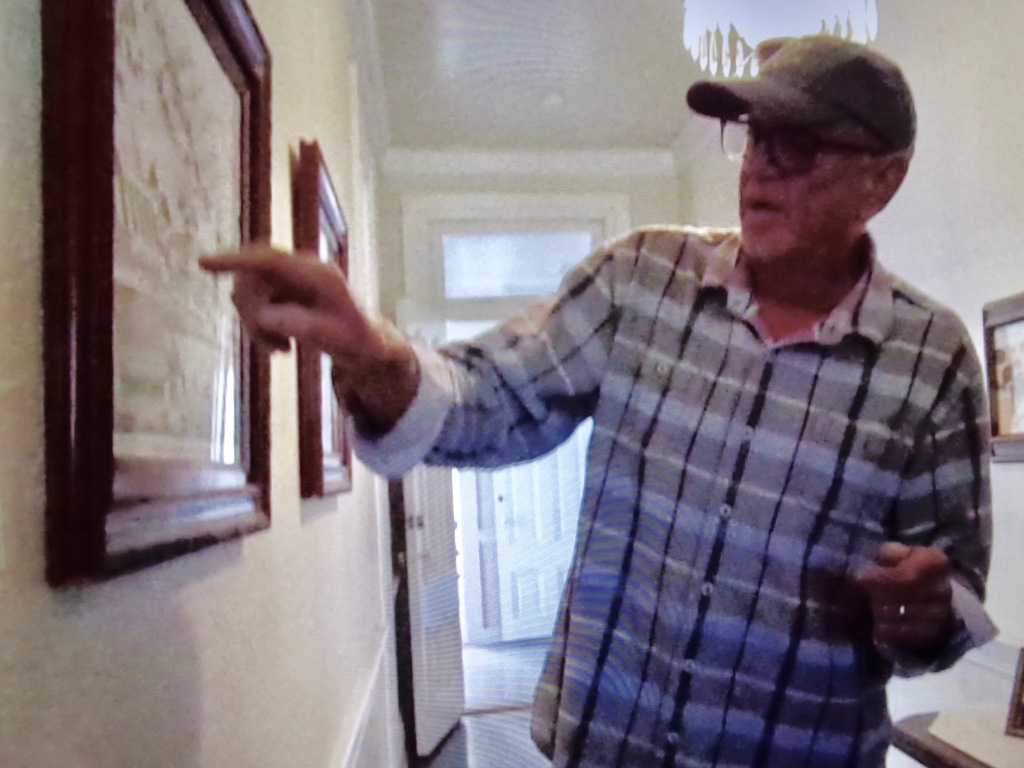
“In the 1880’s, next to this house used to be the first general store and post office in Northern Santa Barbara County. Every day a stagecoach would come from Guadalupe on the way to Santa Barbara and the first stop was here - Santa Maria didn’t exist. If there weren’t any passengers to pick up, they would run the horses around in a loop and throw the mail up to the stagecoach so the horses wouldn’t cool down."

"They would then head up to Mattie’s Tavern in Los Olivos for lunch. After lunch, they would head up the pass and stop at Cold Springs Tavern, where they would put another team of horses behind the stagecoach - so the coach wouldn’t ride on the horses that were in front of it. It was a full day trip and it was the Old West: there were robberies! You had Joaquín Murrieta the Bandit! The Cisco Kid! It was amazing!”
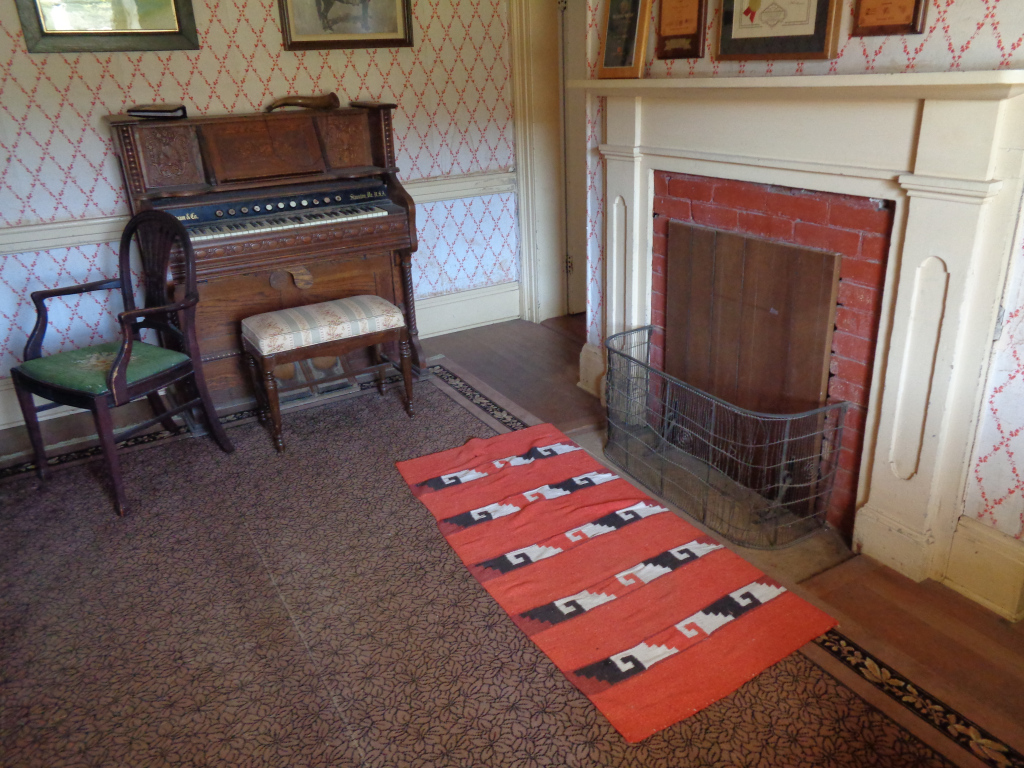
“This was one of the two original adobe rooms. This fireplace has a bar that goes across the top, which was put in to keep bears and other animals from coming in. When I was a kid, I was worried that Santa Claus wouldn’t be able to come down the chimney because of it.”
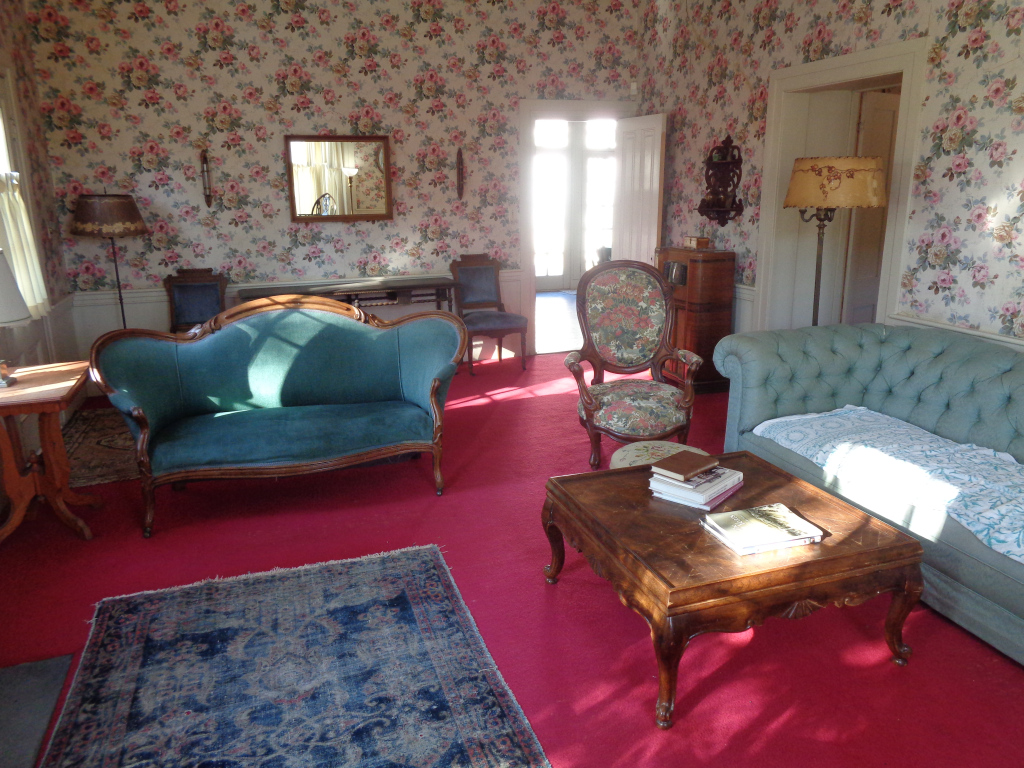
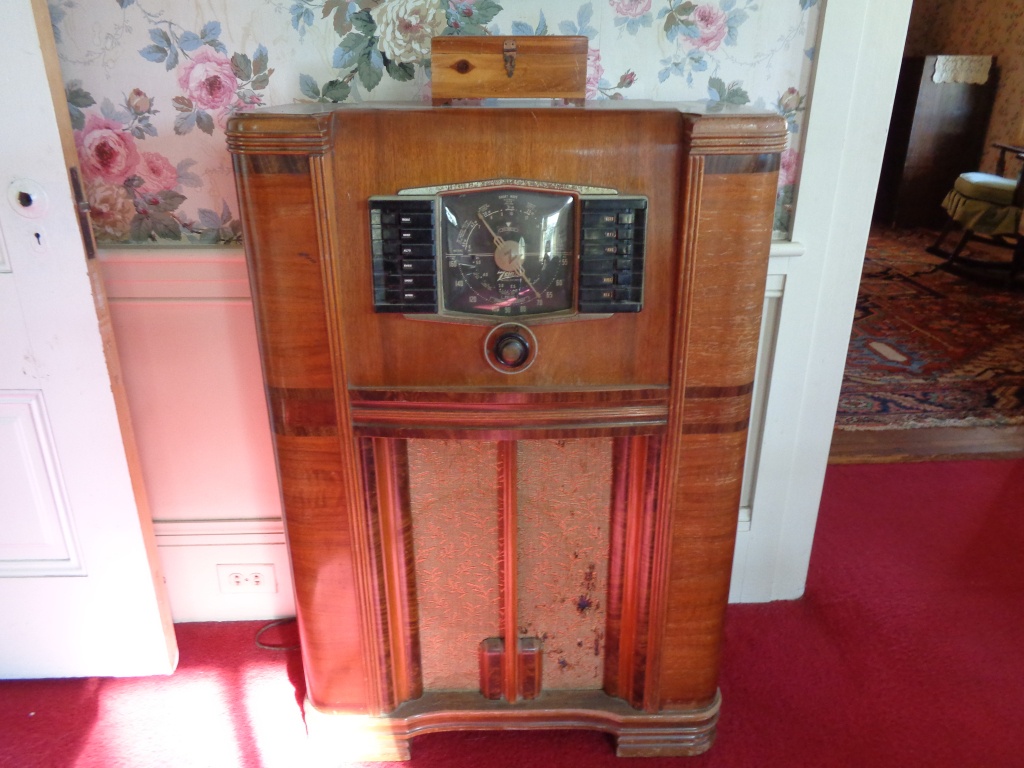
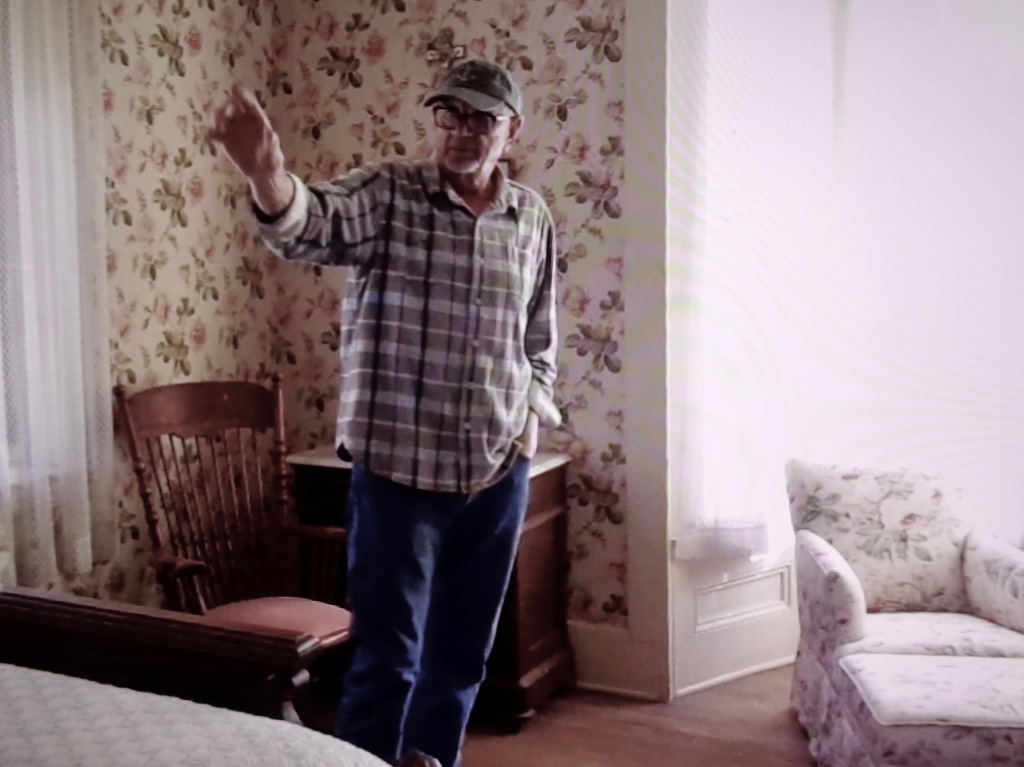
“My grandmother’s name was Flora and she loved flowers. When this house was refurbished in 1948, when everything was modernized, electricity was brought in, toilets brought inside, etc. - she put up flower-patterned wallpaper everywhere. This was her room and has a bedroom set that came around Cape Horn with my great-great grandfather, William Benjamin Foxen, in 1810. This was sort of the sanctorum of the house.”
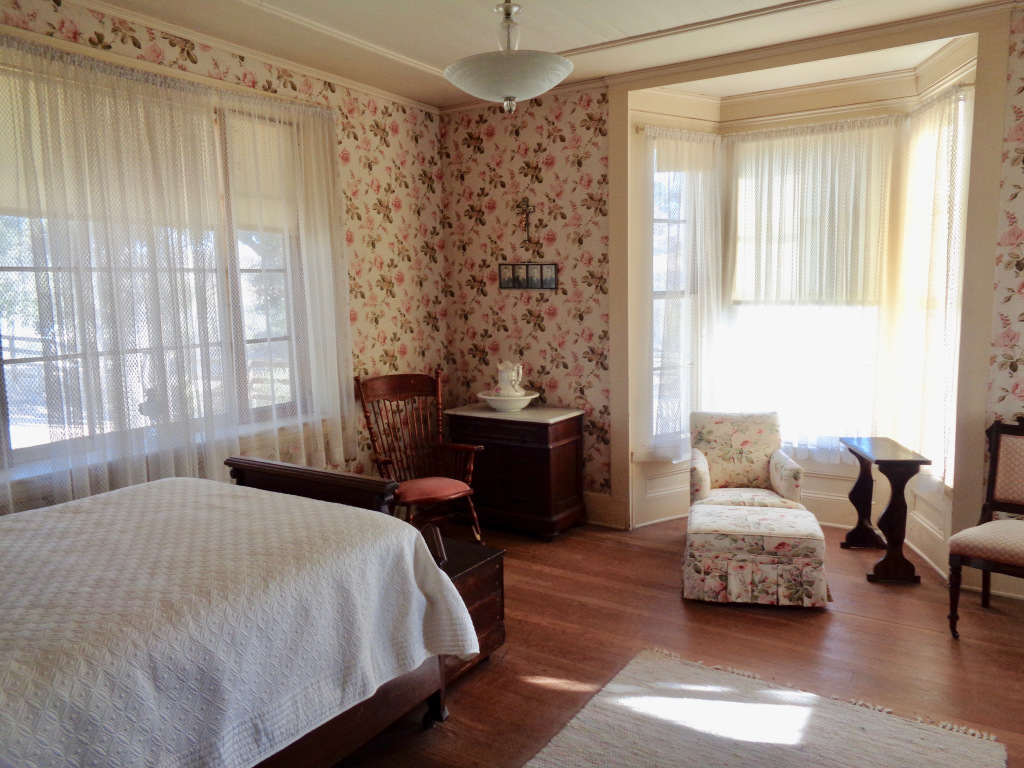
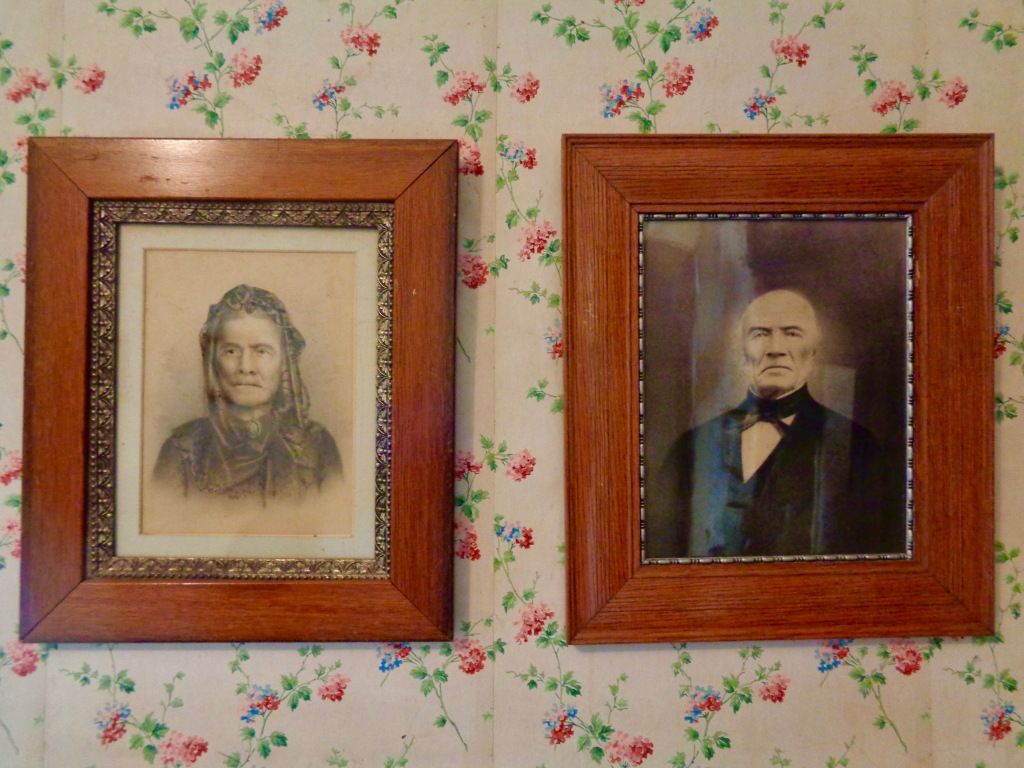
“These are my great-great grandparents Eduarda and William Benjamin Foxen. Foxen was a horseman. All of the first horses that pulled the first trolleys in San Francisco had the anchor brand on them. His son-in-law, Frederick Wickenden was a sheepherder. My grandfather, John Richard Wickenden (also known as Dick and the first Dick in the family) was a cattle man. He raised about five hundred cattle a year here on the ranch and was very successful.”
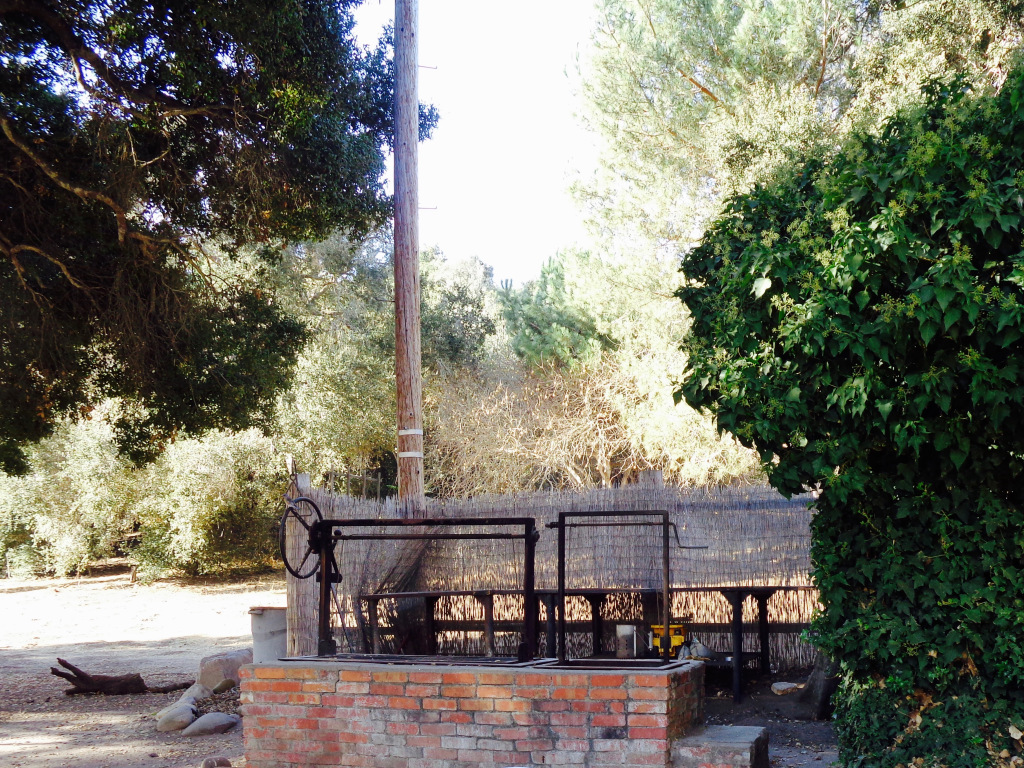
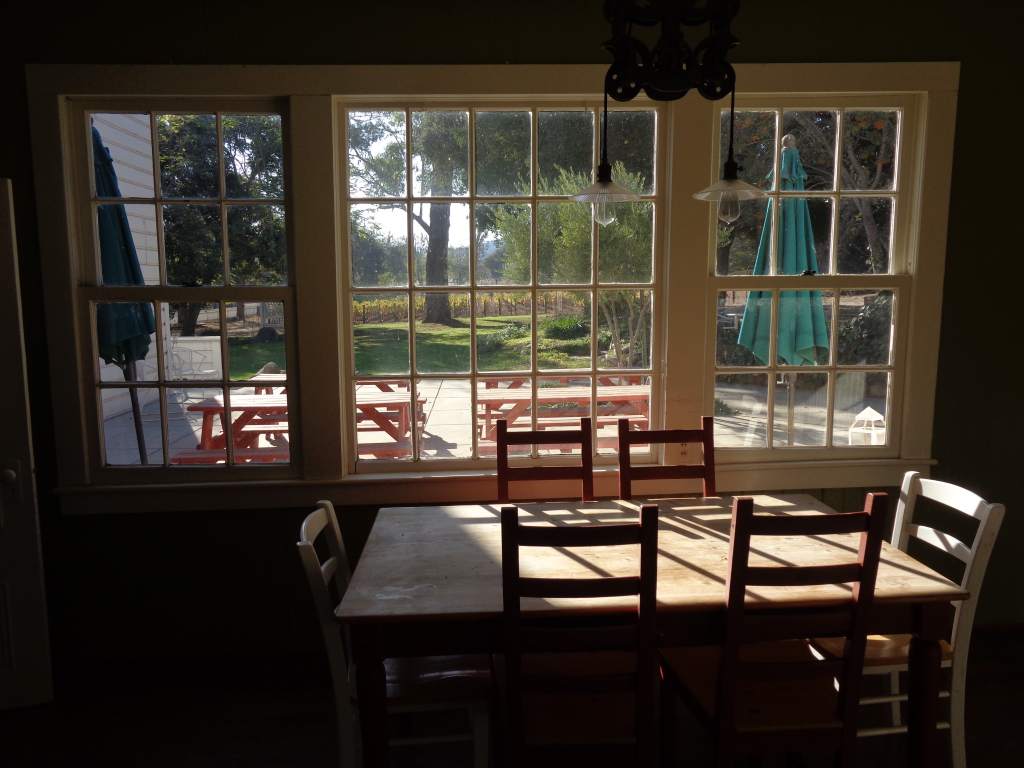
“Back in the olden days, they always separated the kitchen from the rest of the house in case there was a fire. When they remodeled in 1948, they joined the kitchen to the rest of the house. When I was a kid growing up here, we had a wood-burning stove where my grandfather used to cook us refried beans and salsa for breakfast every morning. This was one of our gathering places.”
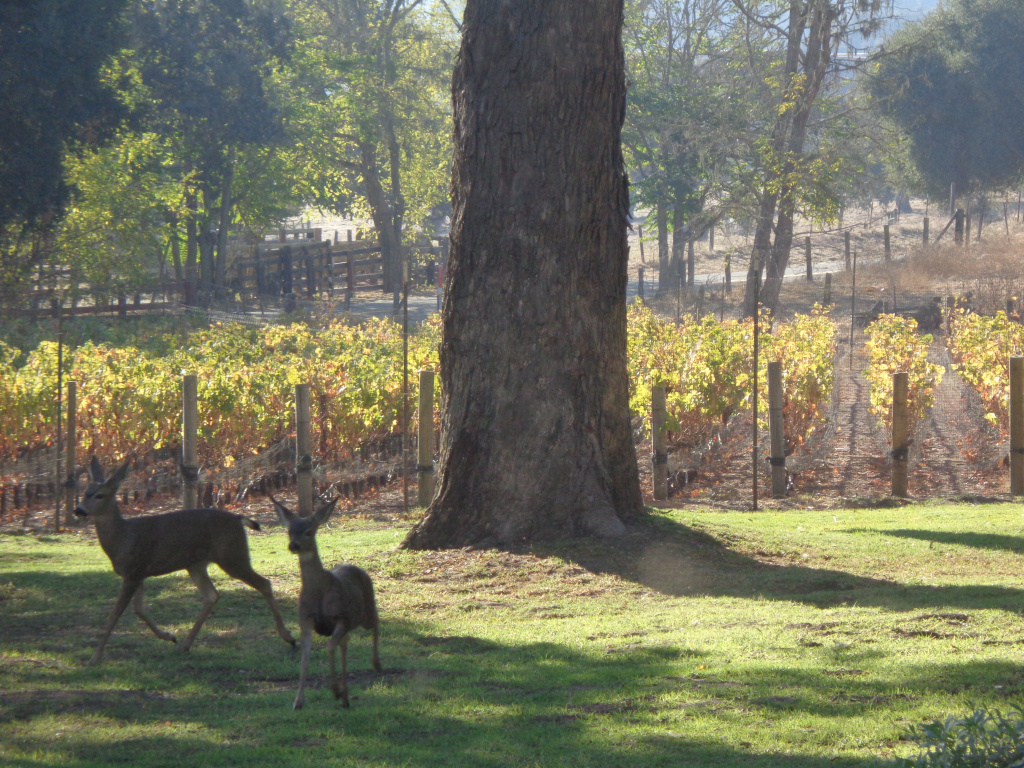
“I originally planted this vineyard in the early ‘80s and named it MaMère (which means my mother in French) after my mother, Margery Doré. When Billy and I teamed up we sort of remodeled it and then about five years ago we redid it again because the deer and the drought had taken their toll. When we replanted it, we did it Bordeaux-style with the vines very close to the ground with close rows. In the old country, they plant them that way to keep the residual heat in the ground overnight as a natural frost protector."
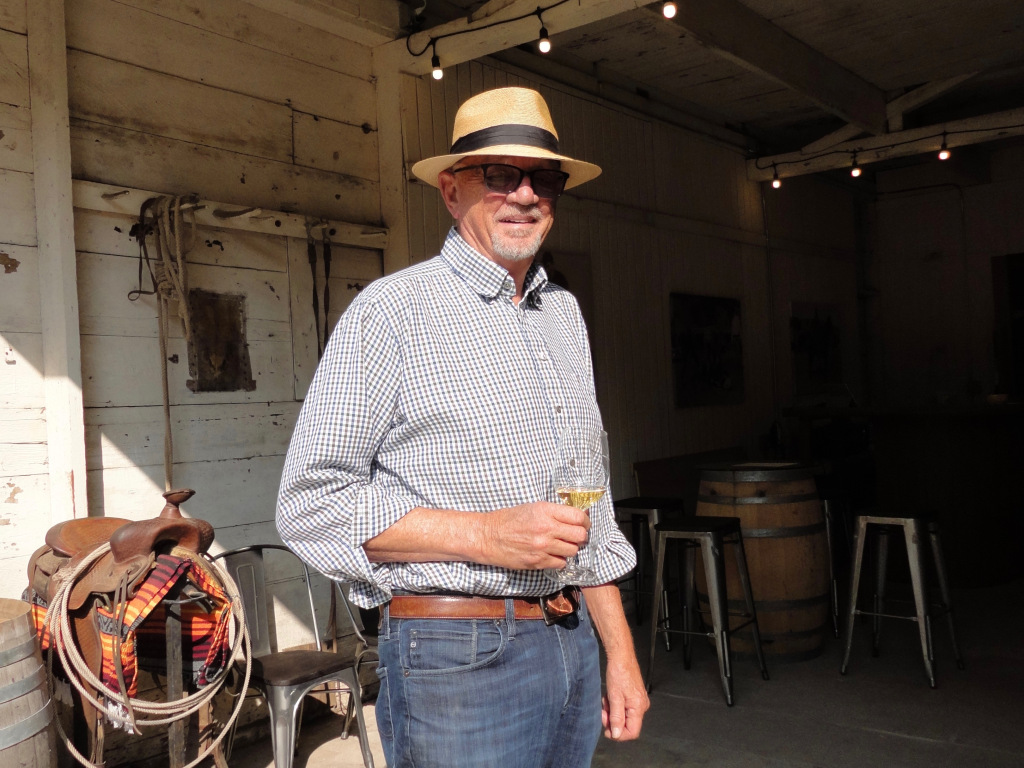
"Hope you enjoyed the tour! Lots of history in this house!" - Dick
